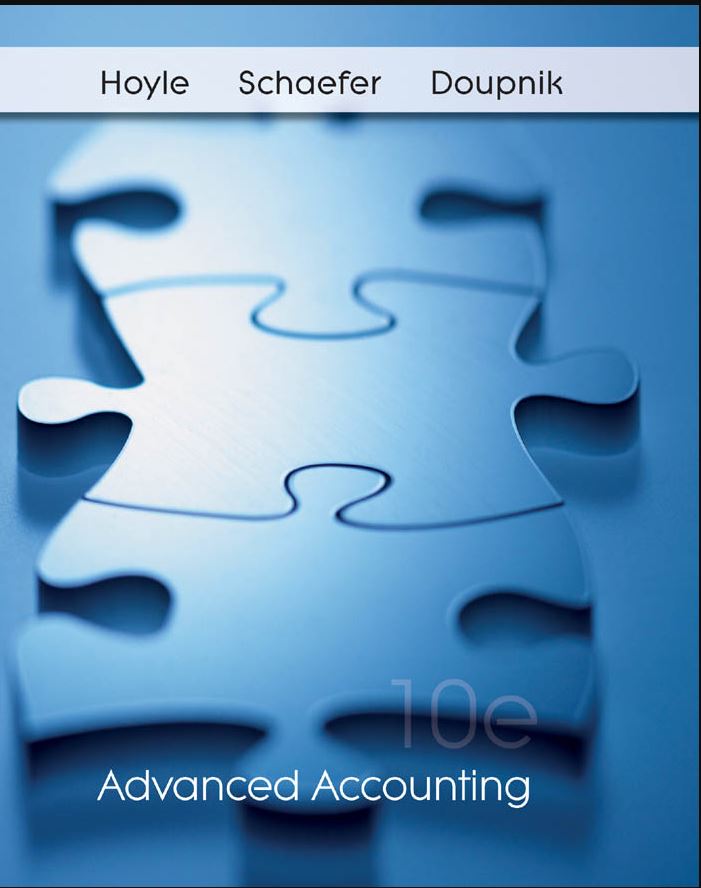
Advanced Accounting 10th Edition by Thomas Schaefer, Joe Ben Hoyle, Timothy Doupnik
Edition 10ISBN: 978-1260575910
Advanced Accounting 10th Edition by Thomas Schaefer, Joe Ben Hoyle, Timothy Doupnik
Edition 10ISBN: 978-1260575910 Exercise 15
Note: Problems 1 through 37 assume the use of the acquisition method.Problems 38 through 40 assume the use of the purchase method.
Father, Inc., buys 80 percent of the outstanding common stock of Sam Corporation on January 1, 2011, for $680,000 cash.At the acquisition date, Sam's total fair value was assessed at $850,000 although Sam's book value was only $600,000.Also, several individual items on Sam's financial records had fair values that differed from their book values as follows:
For internal reporting purposes, Father, Inc., employs the equity method to account for this investment.
The following account balances are for the year ending December 31, 2011, for both companies.Using the acquisition method, determine consolidated balances for this business combination (through either individual computations or the use of a worksheet).

Father, Inc., buys 80 percent of the outstanding common stock of Sam Corporation on January 1, 2011, for $680,000 cash.At the acquisition date, Sam's total fair value was assessed at $850,000 although Sam's book value was only $600,000.Also, several individual items on Sam's financial records had fair values that differed from their book values as follows:

For internal reporting purposes, Father, Inc., employs the equity method to account for this investment.
The following account balances are for the year ending December 31, 2011, for both companies.Using the acquisition method, determine consolidated balances for this business combination (through either individual computations or the use of a worksheet).


Explanation
Consolidated balance sheet:
The consoli...
Advanced Accounting 10th Edition by Thomas Schaefer, Joe Ben Hoyle, Timothy Doupnik
Why don’t you like this exercise?
Other Minimum 8 character and maximum 255 character
Character 255


